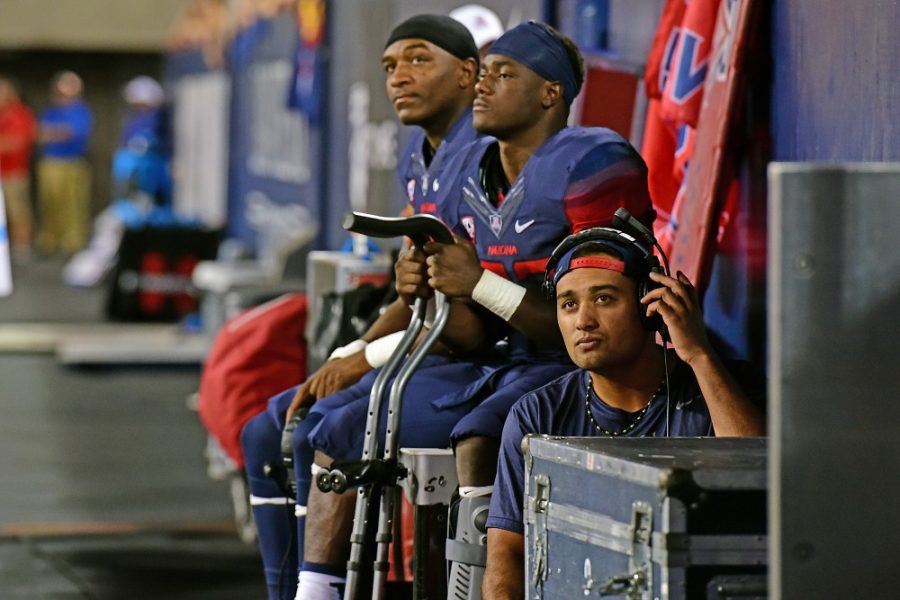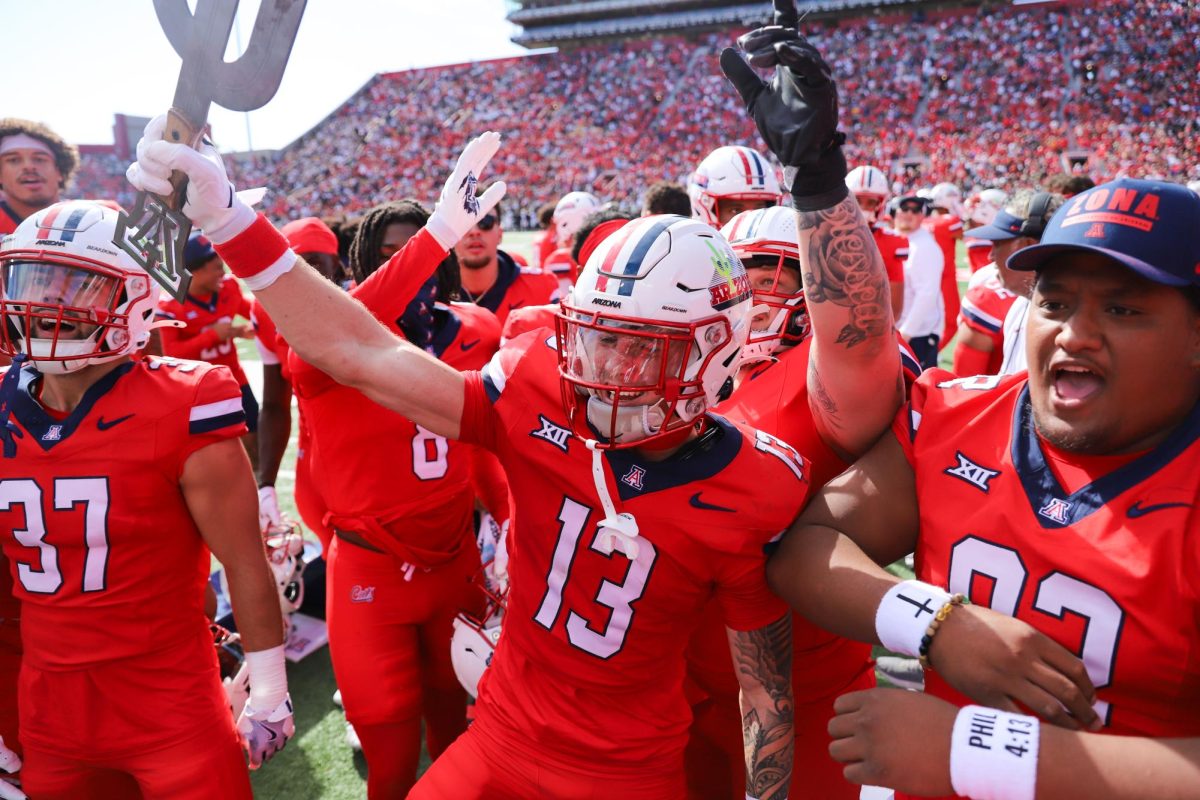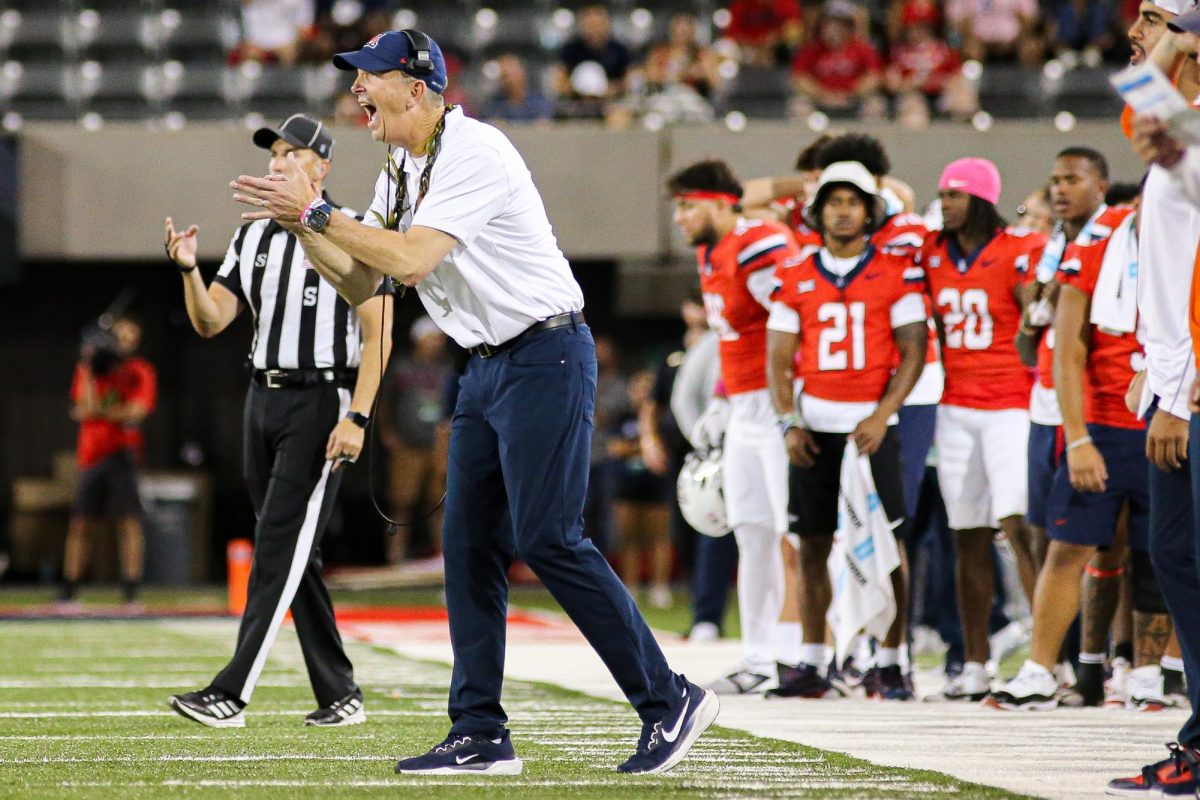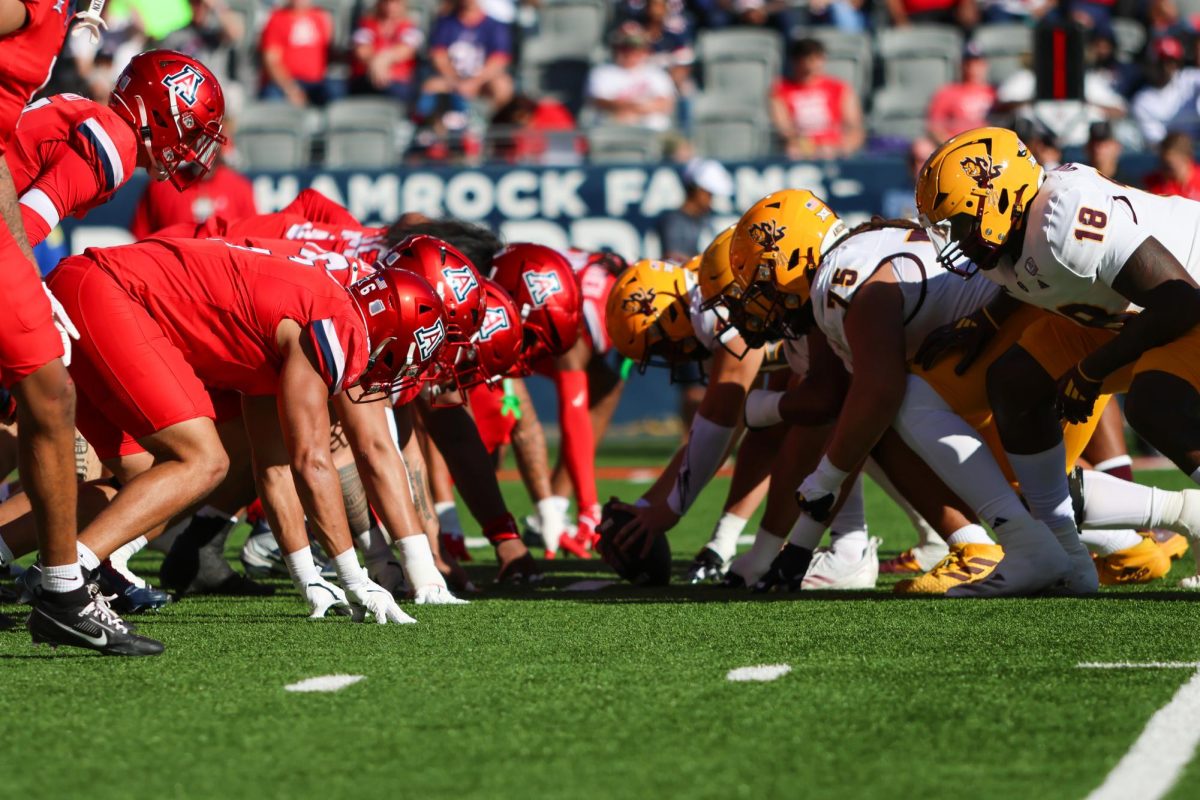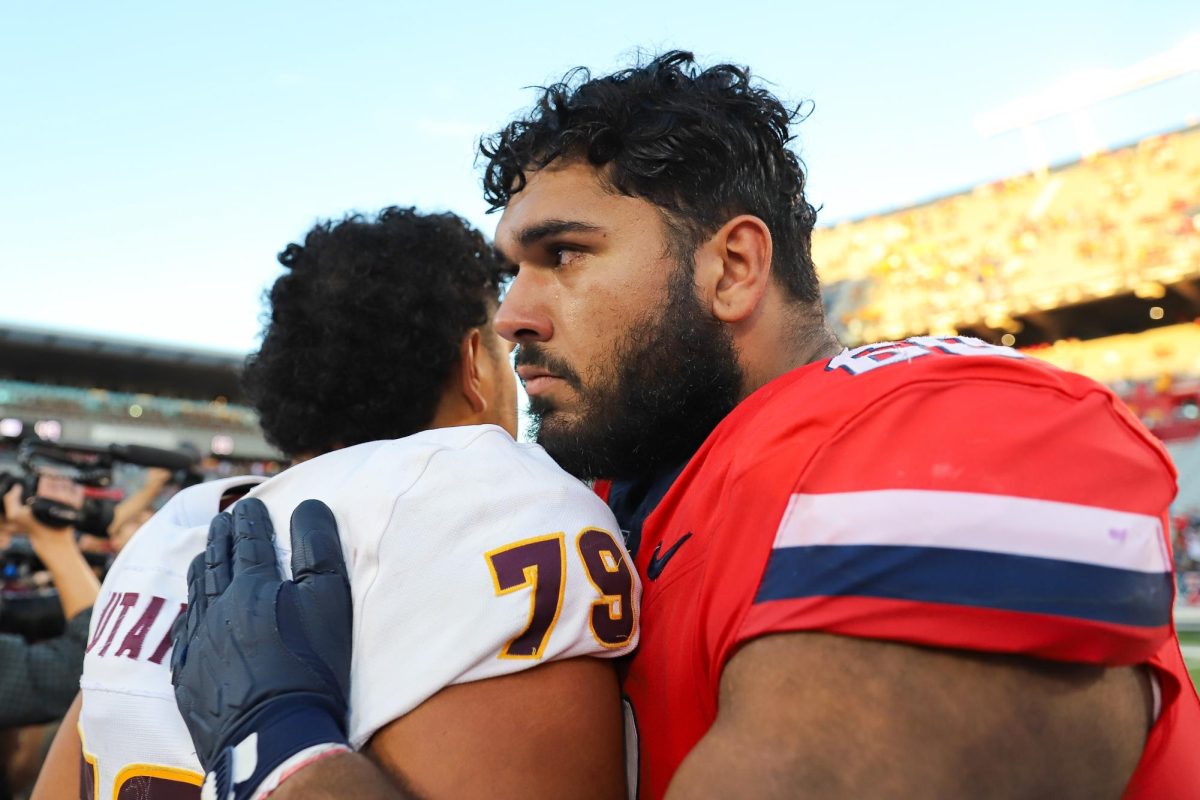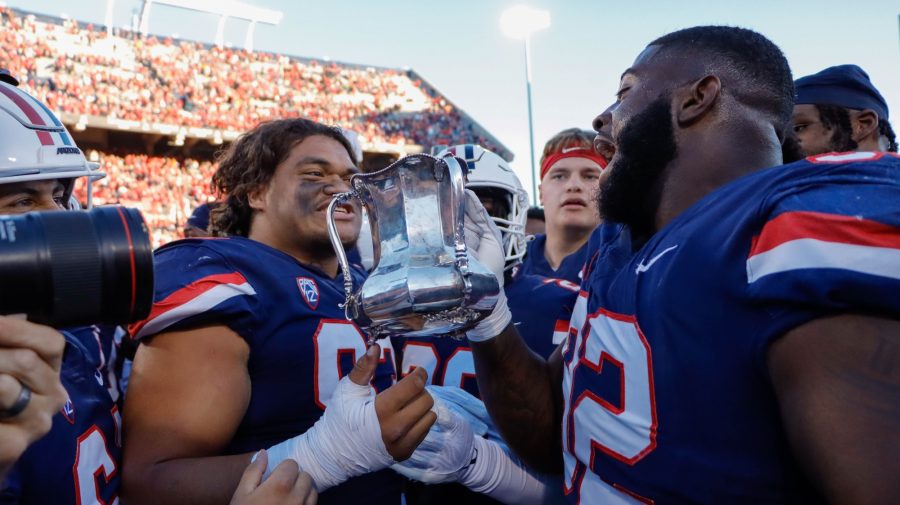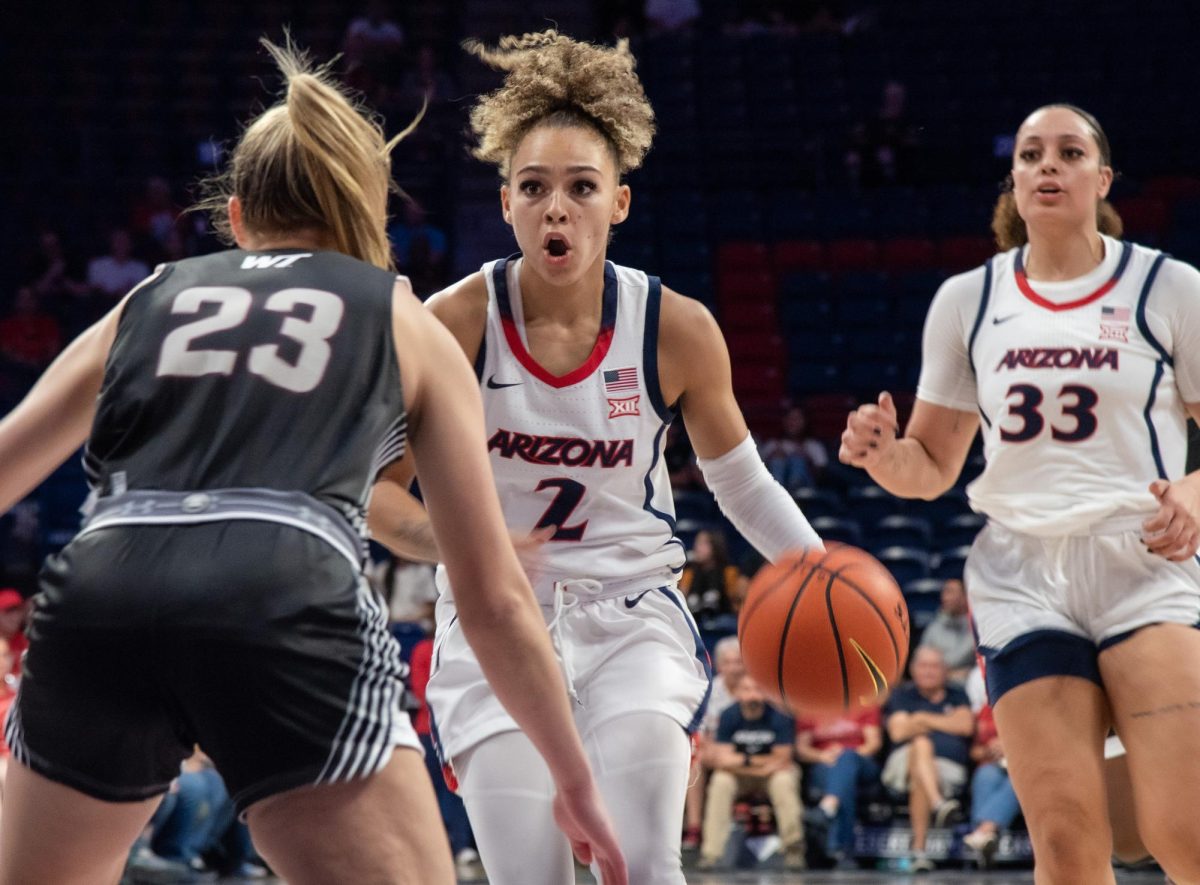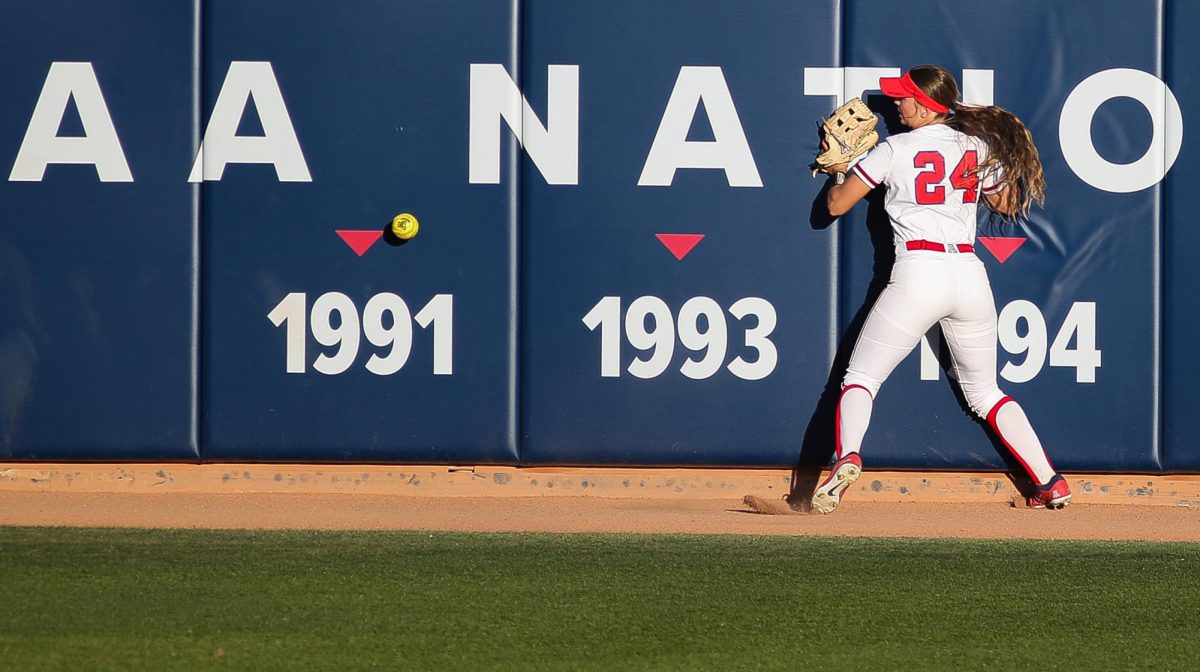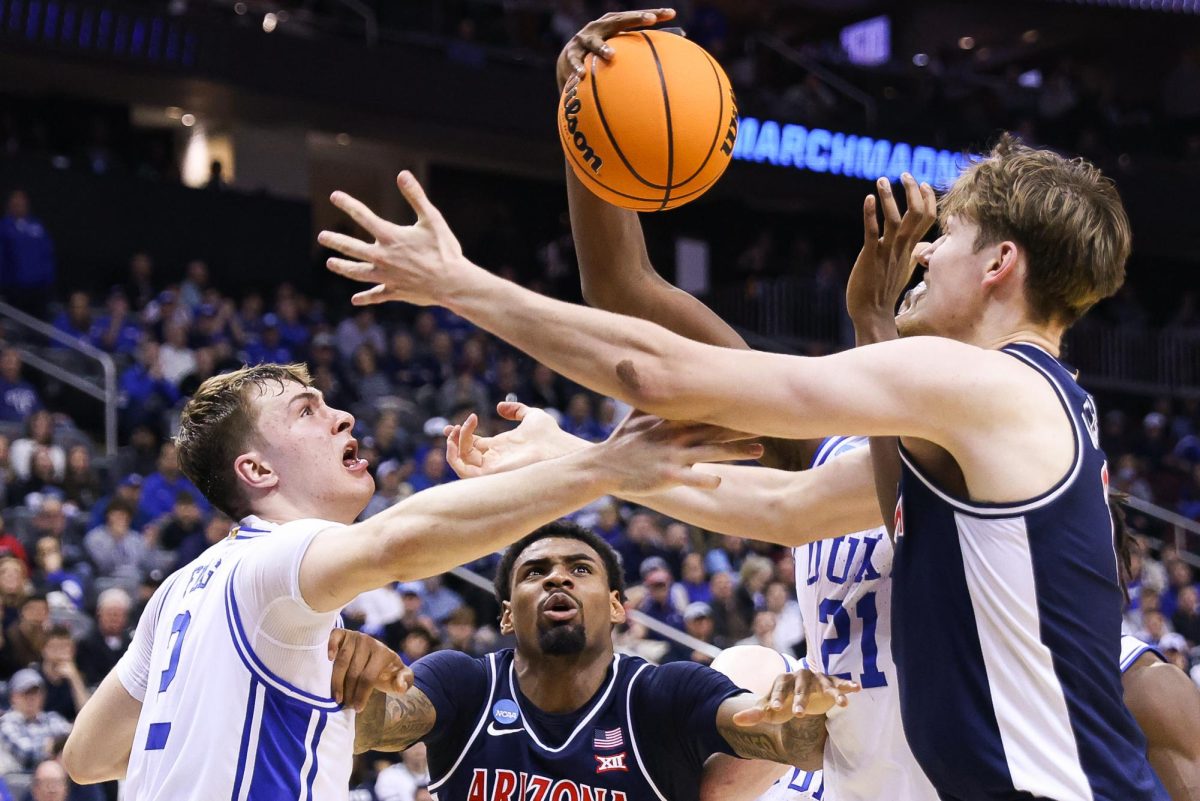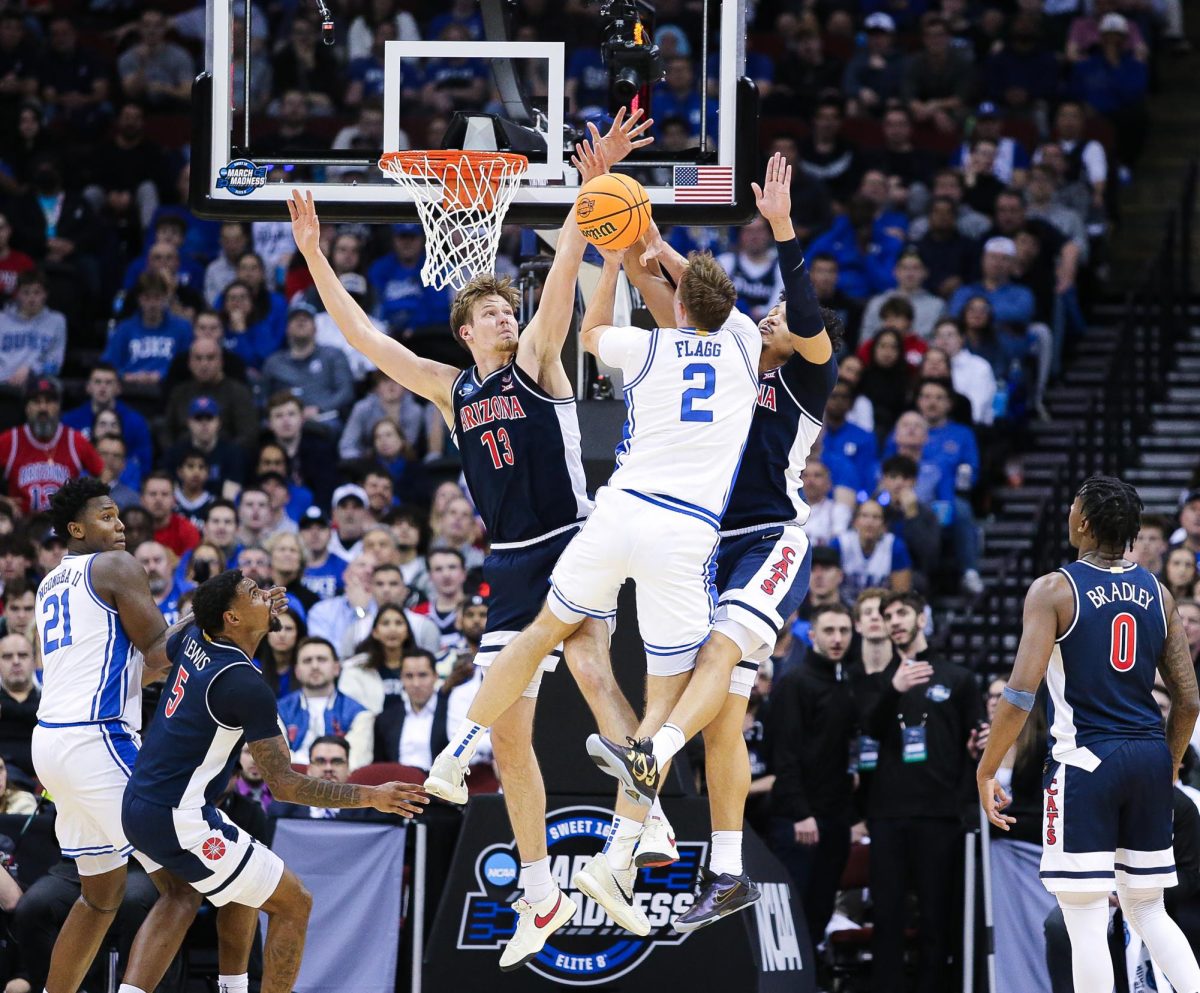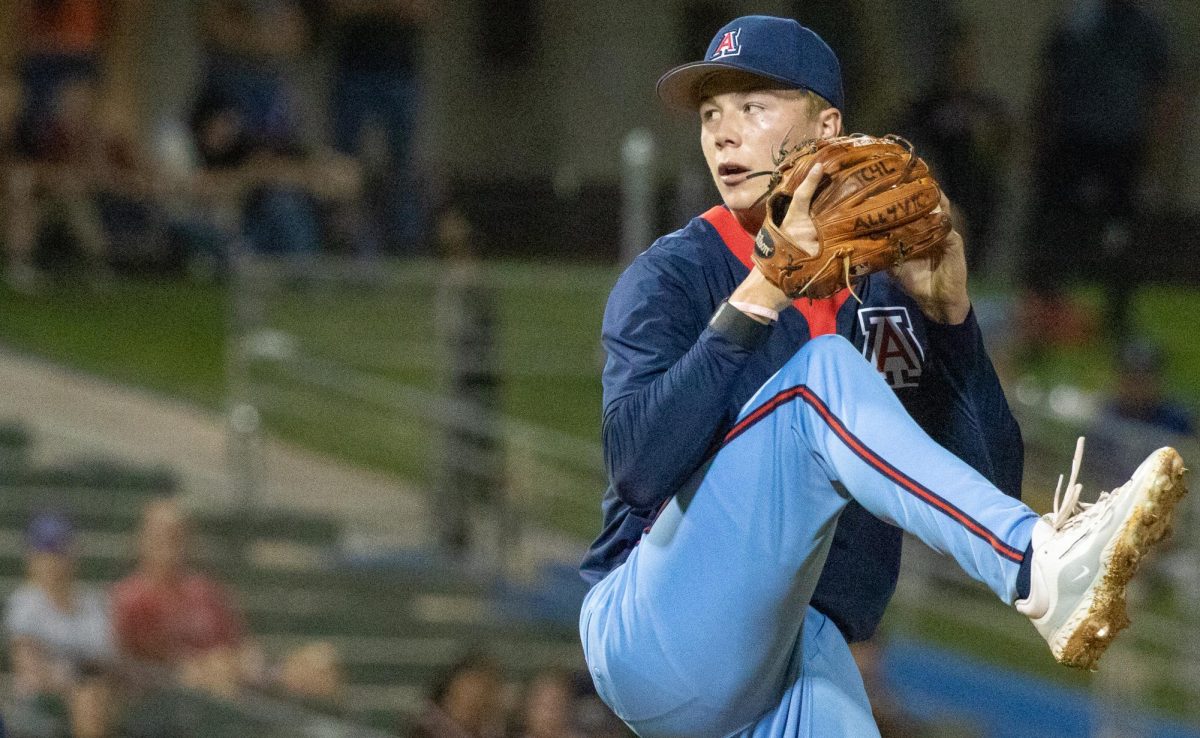The “injury bug” has made a habit of residing in Tucson during football season these past two years, feasting on the football program.
There were points during the 2016 season where injuries snowballed to the point that Arizona was forced to play athletes out of their normal positions because the team’s reserves became so depleted.
For example, during the third quarter of last year’s game at home against USC on Oct. 15, third-string tight end Matt Morin was brought in to play quarterback for the Wildcats. Then-true freshman Khalil Tate started the game, but with the score out of hand in the second half, head coach Rich Rodriguez turned to Morin. Anu Solomon and Brandon Dawkins were already inactive due to their own injuries, and Rodriguez likely didn’t want to risk the young Tate’s health in a meaningless part of the game.
Later in the season, Rodriguez inserted senior wide receiver Samajie Grant into the starting running back position for Arizona’s game against Stanford on Oct. 29, because the team’s top two running backs, Nick Wilson and J.J Taylor, were injured. Grant remained as the team’s top tailback the rest of the year as Wilson and Taylor never got back to full strength.
Whether it came from simple bad luck or from inadequate conditioning, the injuries Arizona suffered in 2016 took a toll throughout the season and were one of the many factors that led to the team’s disappointing 3-9 record.
This time around, team members are trying to apply their own version of injury bug repellent.
“I’m focusing a lot more on my diet,” senior running back Nick Wilson said at the team’s media day on Aug. 19. Wilson, who has only played 14 games over the last two seasons, is expected to be Arizona’s starting running back this season with a relatively inexperienced group behind him. The 208-pound tailback was kept out of seven games last fall due to a knee ailment but noted that he has been doing exercises that should prevent injuries, such as yoga and stretches.
“It’s been unfortunate because I get really fast starts and then some injuries have taken over,” Wilson said. Wilson’s first year in 2014 still stands as his most productive where he rushed for 1,375 yard with 16 touchdowns.
The man who will likely be responsible for handing the ball off to Wilson, quarterback Brandon Dawkins, has also had his own encounters with injuries.
Dawkins suffered a rib injury early in the 2016 season against UCLA on Oct. 1 that nagged him for the majority of the season and even forced him to miss the contest against USC a few weeks later. Due to the number of hits Dawkins absorbs from being a mobile passer, the quarterback decided to bolster his frame over summer. Dawkins said he started the offseason at around 205 pounds and worked his way up to 215.
“I feel a little bit more solid. … I put on a little more mass to keep more safe,” the redshirt junior explained.
Even though he stayed healthy for all 12 games a season ago, junior wide receiver Shun Brown took note of all the injuries happening around him and prepared his body all summer.
“I’ve been treating my body right, doing a little extra stretching, yoga, anything to have my body fresh for the season,” Brown said. Brown developed into Arizona’s top pass-catching weapon last year, leading the team with 529 receiving yards and will start the 2017 campaign as the go-to option in the aerial attack.
The good news for Arizona in 2017 is that all starters — except linebacker DeAndre’ Miller who is still healing from a foot injury suffered in July — are entering the new year with a fresh start and a fresh body. The bad news is that, for the last two seasons, the Wildcats have been unable to keep their most productive players on the field once the games begin. It’s been a large reason why the program has struggled to remain relevant since the 2014 Fiesta Bowl.
It remains to be seen if the new injury repellent techniques will work for the ‘Cats, but if they do, you can bet that they will be applied yearly.
Follow Alec White on Twitter



